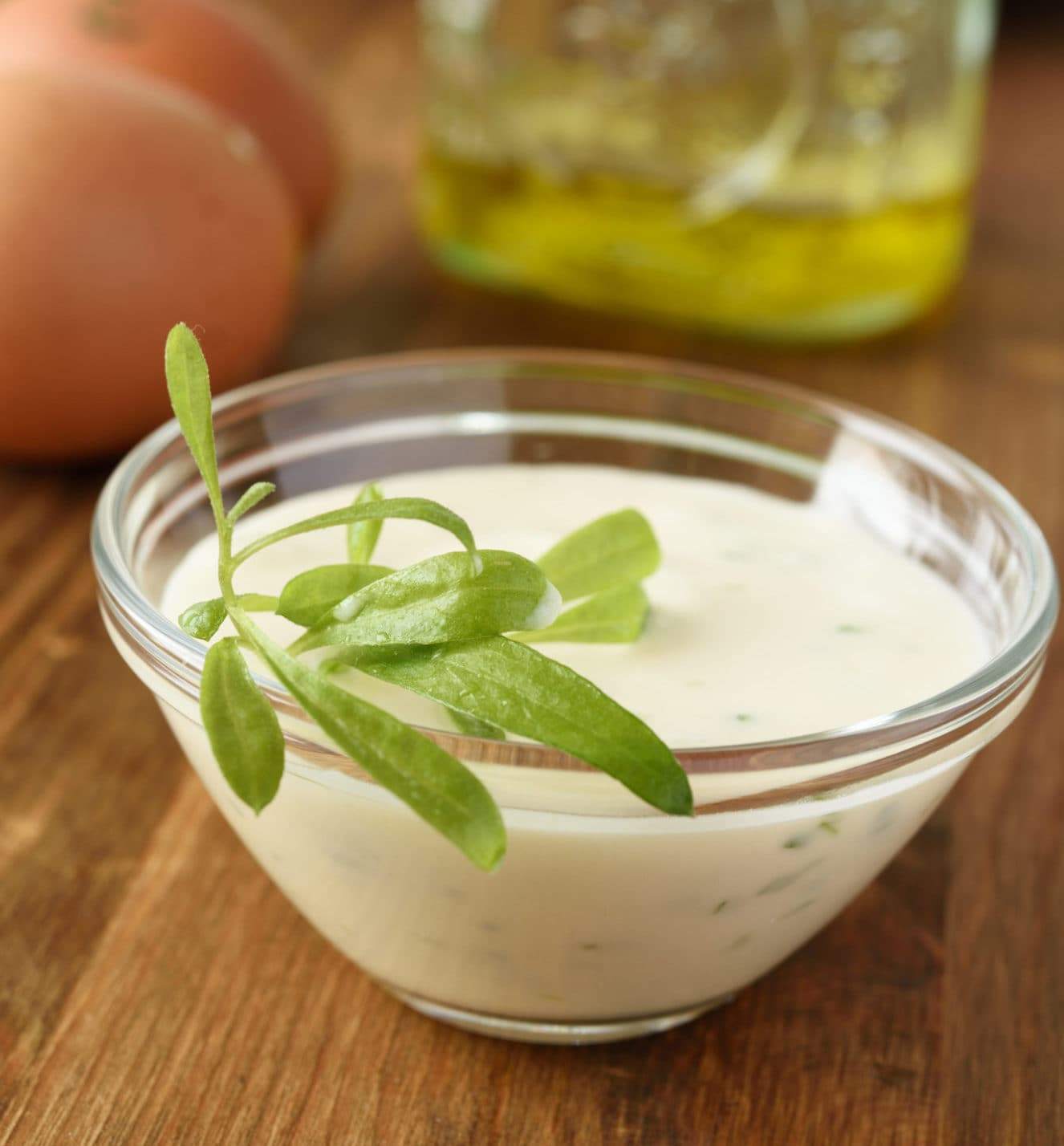
Welcome to The Naturopathic Kitchen where we explore food as medicine. Armed with the knowledge of what is healthy you can be empowered to take control of your health. It can be intimidating to try new things especially when you don’t know what it is good for or how to prepare/cook it. Let’s learn together! Today, we tackle tarragon!
Tarragon 101
Tarragon is one of those herbs you’ve probably heard of but haven’t incorporated into any home-cooked meals. Considered by French chefs as “King of the Herbs,” tarragon is used to add an interesting pop of flavor. It is commonly added to stews, sauces, fish and chicken dishes, omelets and many seasoning blends. This herb gives off a sweet and powerful flavor similar to anise or licorice root.
Where does tarragon come from? Where can I find it?
Unlike many of the other herbs in this series, tarragon doesn’t have a long history of cultivation by humans—only about 600 years. It grows natively in Siberia and Mongolia, and varieties from these areas tend to be more effective medicinally compared to its culinary cultivars in the West.
Dried and fresh tarragon is easily found in most major grocery stores. It is also a good herb to include in an herb garden as it grows well even for the novice indoor gardener. Tarragon extracts can be found online or at specialty herb stores, but these products often don’t have a long shelf-life due to quick degradation of the medicinal components. It is best to plan on using it right away rather than storing it.
How does tarragon help my health?
Historically, tarragon has been used for indigestion, intestinal problems, bug bites, flatulence, hiccups, rheumatism, gout, arthritis, and as a breath freshener. Scientific literature hasn’t supported many of these uses but studies have shown that tarragon may be helpful for inflammation, liver protection, diabetes and depression. 1,2,3
What medical conditions/symptoms is tarragon used for?
- Type II diabetes
- Diabetic peripheral neuropathy
- Depression
- Dental cavities
- Small intestine bacterial overgrowth (SIBO)
Can tarragon be used as an essential oil?
Tarragon essential oil can be helpful for bug bites and bug bite prevention when mixed with a carrier oil. As always, essential oils should always be used under the guidance of an experienced naturopathic physician.
When should tarragon be avoided?
Tarragon extracts contain two compounds that can be toxic in large amounts. Water extracts avoid this issue as these compounds are not extracted with water. This toxicity is not an issue with normal consumption of tarragon used in cooking. Because of this, it is best to avoid tarragon when pregnant or breastfeeding.
Let’s try out some tasty tarragon recipes!
Salmon Tarragon Pasta
INGREDIENTS
2 T olive oil
1 red onion
4 cloves garlic
1.5 c Brussels sprouts, chopped
2 wild caught salmon fillets, skin removed
2 c cooked gluten free pasta
1/2 t tarragon
1/2 t smoked paprika
1 t fresh parsley chopped
1/2 c coconut milk
1 red onion
4 cloves garlic
1.5 c Brussels sprouts, chopped
2 wild caught salmon fillets, skin removed
2 c cooked gluten free pasta
1/2 t tarragon
1/2 t smoked paprika
1 t fresh parsley chopped
1/2 c coconut milk
INSTRUCTIONS
Peel and dice the red onion and garlic. Chop the Brussels sprouts. Add oil to a pan over medium heat and toss in the onions. Let saute about five minutes, stirring occasionally. Add in the garlic and saute for a minute. Add in the Brussels Sprouts and saute another five minutes. As Brussels Sprouts are sauteing, prepare pasta, drain and set aside. Add in the salmon fillets and flake gently with a spoon as it cooks, sauteing the fillets about five more minutes. Toss pasta, tarragon, parsley, and smoked paprika into the pan and stir well. Add in the coconut milk and stir about 2-3 minutes. Remove from heat, garnish with more fresh parsley and serve warm.
Thank you to Savory Spin for this recipe!

Tarragon Citrus Dip
INGREDIENTS
1 c organic whole milk Greek or coconut yogurt
2 T chopped fresh tarragon
2 t grated lemon zest
1 T lemon juice (1/2 lemon)
2 T extra-virgin olive oil
1/2 t salt
2 T chopped fresh tarragon
2 t grated lemon zest
1 T lemon juice (1/2 lemon)
2 T extra-virgin olive oil
1/2 t salt
INSTRUCTIONS
In a medium bowl, whisk together the yogurt, tarragon, lemon zest, lemon juice, olive oil and salt. Set aside for at least 5 minutes to allow the flavors to marry. Serve with English cucumber, red bell pepper, chives and carrots.
Thank you to Giada De Laurentiis for this recipe!